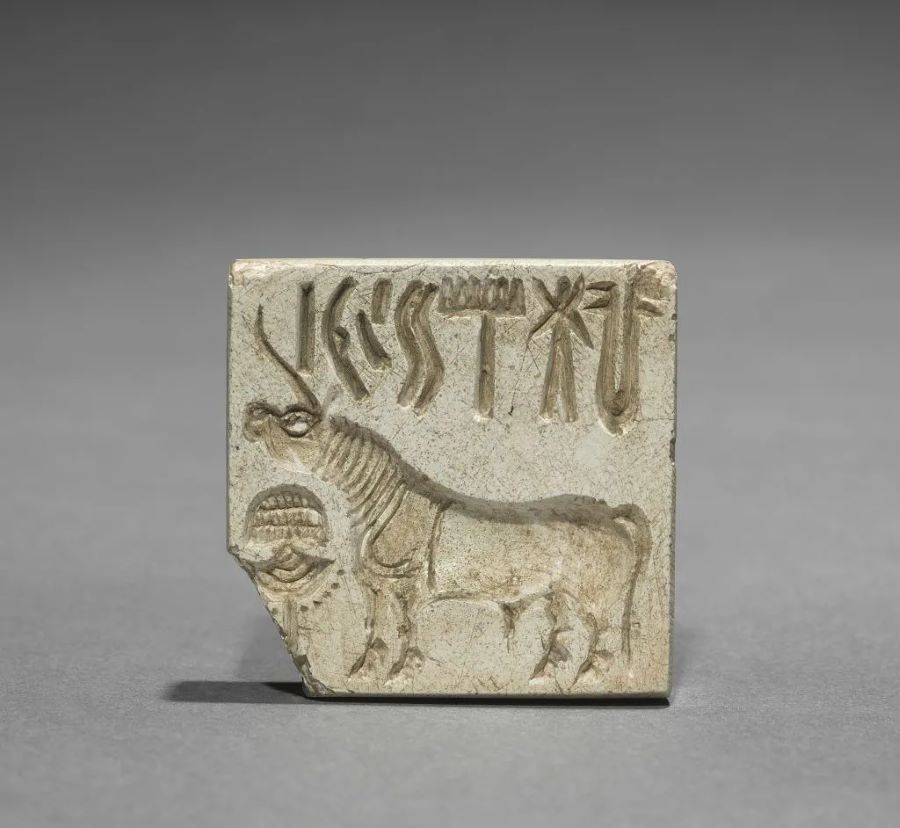As an author, I find the reward of 86 million rupees (RM4.3million or USD1million) to whom can decipher the ancient script of the Indus Valley Civilization, as an attractive offer.
This challenge has intrigued many, as no expert has been able to fully decode the inscriptions since Sir John Marshall first announced the discovery of the Indus script in 1924.
Determined to contribute to this effort, aims to assist the Indian government, particularly the Tamil Nadu authorities, I am certified to start to analyze the script through a journalistic approach using Malay methodologies.
The key to unlocking the mystery, lies in a detailed examination of the logographic and pictographic symbols, ensuring the formation of a rational and logical hypothesis.
For many in India, a country where they believe in extraterrestrial life remains prevalent, the Indus script offers clues to a highly advanced civilization—possibly one more sophisticated than later societies.
Despite extensive research and comparisons with primary archaeological sources and artifacts from one of the world’s earliest urban civilizations, no scholar has been able to conclusively interpret the Indus script until this report has been done.
Unfolding to crack the mystery, I would like to present analysis of the hieroglyphs, offering insights mainly to catch gaze-curee generation of the Indus region.
Deciphering the Indus Tablet
1. The Rosetta Stone Tablet
The age of the stone does not necessarily reflect the age of civilization. However, the script carved onto it suggests a civilization dating back to the 16th–14th century BCE.
2. Two Merging ‘F’-Shaped Pillars
Represents the connection between the physical world and the unseen realm.
3. Fairy-Like Figure
Symbolizes a society ruled by a human king.
In the Malay context: Where there is a king, there are subjects. If there is no king, the people remain. Without people, there is no king.
4. Plow-Like Symbol
Though it resembles a plow, its true meaning suggests a more advanced agricultural system beyond mere farming.
5. Two Vertical Waves
Related to the plow symbol, indicating a structured and tiered farming method.
6. Four Symbols on the Upper Left
Represents a highly efficient irrigation system used in agriculture.
7. Horned Horse-Like Creature Entwined with a Serpent
Depicts a being that is part-human, part-animal—a metaphor for civilization itself.
8. Four-Sided Structure
Indicates a throne or dwelling place of the civilization’s elites.
9. Horizontal Crescent Shape
If there was a king, there was also a queen, possibly suggesting a matriarchal leadership.
Similar to how Cleopatra ruled ancient Egypt, the queen might have been the true sovereign.
The Big Question: Who Came Before?
This discovery raises a crucial question—who were the people before this ancient civilization?
Some speculate a connection to the lost Mayan civilization. The fate of the Maya remains a mystery, but historical records suggest their people, known as the American Indians, once occupied Central America.
It is believed that the Maya migrated to Florida by canoe, but where was their original homeland?
Advanced Agriculture of the Indus Civilization
Agriculture was the backbone of the Indus Valley Civilization, implying that the land was rich in essential minerals like sodium, potassium, magnesium, and calcium.
While wheat was the primary crop, other significant produce included vegetables and coffee. Some claim that maize was the staple food of the Maya, but their advanced farming techniques likely allowed them to cultivate a wide variety of crops.
A Message for the Indus People
As this report concludes, the timing of the tablet’s discovery—exactly 100 years after the Indus script was first found—seems symbolic.
Beyond historical curiosity, the message within these inscriptions serves as a reminder for the people of the Indus region to reconnect with their ancestors’ teachings and return to the worship of The One.
SOURCE:
https://www.hmetro.com.my/global/asia/2025/01/1180685/ganjaran-as1-juta-tafsir-skrip-kuno
